
Bipolar disorder, also known as manic-depressive disorder or bipolar affective disorder or manic depression, is a psychiatric diagnoses characterized by extreme changes in mood, from mania to depression. Bipolar disorder is a serious diagnoses and it demands special care, as it often leads to risky behavior, damaged relationships and wasted careers. In most serious cases, bipolar disorder is even characterized by suicidal tendencies.
Bipolar II disorder
Bipolar II disorder is a type of bipolar disorder characterized by characterized by at least one hypomanic episode and at least one major depressive episode. Bipolar II disorder is distinguished with more frequent and intense depressive episodes. The principle difference between bipolar I and bipolar II is that bipolar I has hypomanic but not manic episodes, meaning the symptoms of mania are generally less severe in type II. Between two episodes, people with bipolar II disorder can live completely normal lives.
Epidemiology
Bipolar disorder is the most common in older teenagers and adults. However, this condition may also affect very young children. It is estimated that 4% of population experience bipolar disorder at some point in their life. It is estimated that somewhere around 2.5% of the United States population suffers from some type of bipolar disorder. This counts for almost six million people.
Symptoms of bipolar II disorder
Patients with bipolar II disorder usually do not have any psychotic features such as delusions and hallucinations. The symptoms of bipolar II disorder vary from one to another episode. Symptoms of a major episode of depression include: insomnia, weight loss, daily lack of energy, and constant feelings of worthlessness. Symptoms of a hypomanic episode include: lack of need for sleep, increased energy, being more talkative than usual, shortened attention span, and impulsive behavior. However, in bipolar II disorder, periods of depression typically last longer than periods of hypomania. Scientists believe that people with bipolar II disorder express more severe suicidal tendencies.
Treatment of bipolar II disorder
Bipolar II disorder is often left untreated as people often confuse hypomania with happiness and cheerfulness. However, treatment is essential to prevent negative consequences of hypomania and prolonged episodes of depression. A number of medications are used to treat bipolar disorder. Most frequently used mood stabilizer is Lithium. It works by preventing extreme emotional ups and downs. Depending on patients symptoms, doctor may also recommend to take an antidepressant. For severe manic episodes, doctors are prescribing antipsychotics. A lot of other drugs, so called tranquilizers, are used to control acute symptoms of mania.




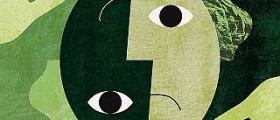
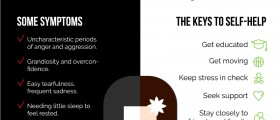

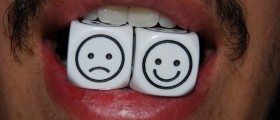



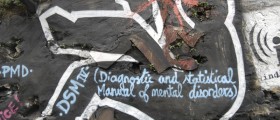


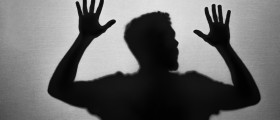

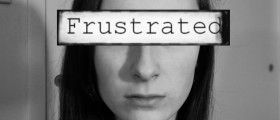
Your thoughts on this
Loading...